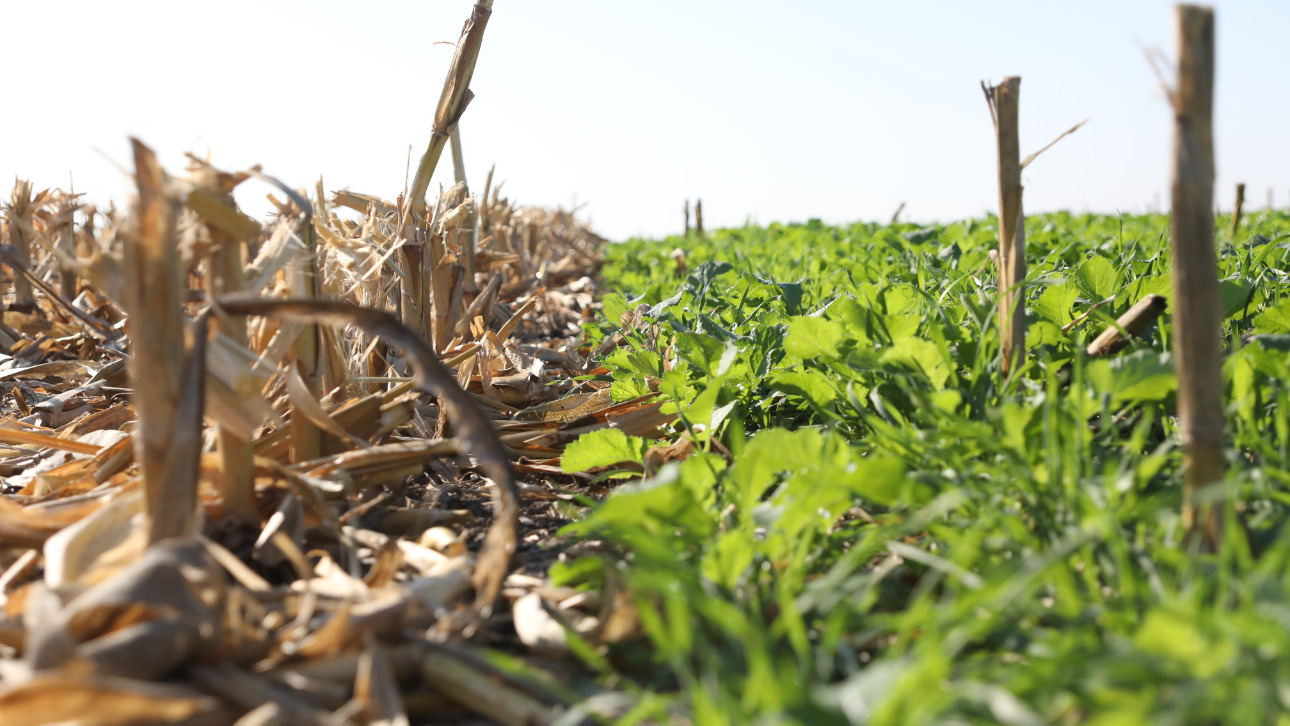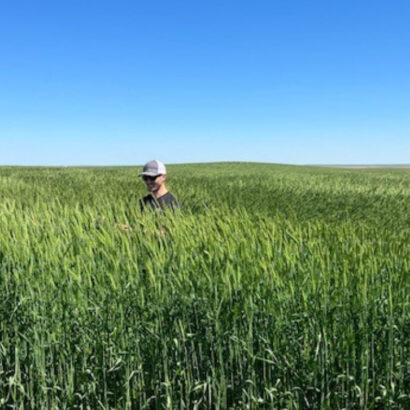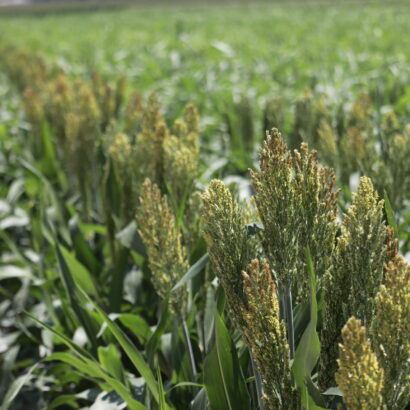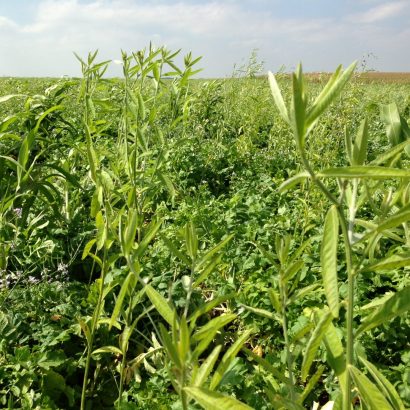Ensuring the resiliency of your land and business is the goal of most farmers I know. However, farming and ranching are high risk occupations. We’re constantly dealing with variables that are out of our control. Weather and market changes are the major variables that impact our farms and ranches, but both crop and livestock producers also face plenty of other pest and disease pressures that add to the risk. Understanding how to fix problems that arise is important to mitigate risk.
But could we create a more resilient system to eliminate the cause before it presents a problem?
Creating crop diversity through crop rotation has been in practice since the second century B.C. In fact, in a treatise on agriculture written by Cato the Elder, he says,
“I praise a two-field system, where one field is planted, and one lies fallow. But even better to have three fields, so that in addition to one field lying fallow, another is sown and the third is harvested.”
The Roman population was booming at this time and their successful farming practices sustained their growth.
Fast forward to the 18th century and we find an example of George Washing Carver promoting crop rotations by introducing peanuts and sweet potatoes into cotton production. He saw that cotton was depleting the land, but by incorporating a crop rotation with sweet potatoes and peanuts, each crop yielded higher by eliminating disease pressure that was detrimental to the cotton.
Now, in the 21st century with access to commercial fertilizer and immediate fixes for pathogens, do we need crop rotations?
One of the best studies that addresses this question was from University of Nebraska titled “More Diverse Crop Rotations Improve Yield, Yield Stability, and Soil Health.” This fascinating study had a few important conclusions that hit home for me. First, during a drought when a crop rotation was used, crop losses decreased by 14-90% compared to a continuous cropping system. Secondly, with the same amount of nitrogen applied, a four-year crop rotation on corn yielded up to 48% more. Ultimately, the study showed that crop rotations increase organic carbon, improve the soil, and increase crop yields with less purchased nitrogen.
Crop rotations get easier when an operation is diversified with crops and livestock, simply from the opportunity to raise and capture value from feed. Alfalfa and perennial grasses for hay production are huge contributors to a crop rotation that mitigates risk by increasing soil organic carbon, building nitrogen, and stabilizing feed production. Other winter annual crops, like forage winter wheat or triticale, are options to hedge weather risks. These fall-planted crops take advantage of snow melt and early spring rains, and are harvested as the summer heat settles in. Growing crops in different planting windows is a smart strategy to eliminate weather risk.
The risks involved with farming won’t go away any time soon. But a long-term approach to maintain diversity can serve as an insurance policy against market and environmental volatility – stabilizing the highs and lows for your farm. Caring for your land, livestock, and future generations starts with looking at long-term strategies to renew and revive your land.




Discussion
0 Comments